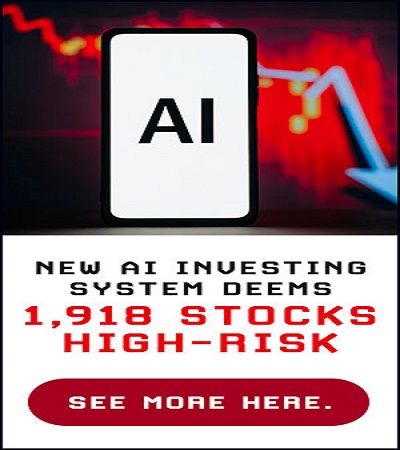Around the world, share prices have come down significantly in recent days. As a result, many stocks now appear to offer a lot of value.
Here, I’m going to highlight two stocks that currently look cheap to me. I think they’re worth considering today.
A top digital payments stock
First up, we have PayPal (NASDAQ: PYPL). It’s one of the largest digital payments companies in the world.
Back in late January, this stock was trading near $90 (it’s listed in the US). Today however, it can be snapped up for less than $60.
I see a fair bit of value at current prices. As I write, the forward-looking price-to-earnings (P/E) ratio is around 11, which is not high at all for a payments company, especially one with a strong brand like PayPal.
Now, this company is facing quite a bit of competition today. Apple Pay, in particular, is one product that poses a threat to the business.
And that’s not the only risk here. If consumer spending slows down due to a recession or inflationary pressures, PayPal’s revenues could be impacted negatively.
In the long run though, I continue to see significant potential. Over the next decade, the online shopping industry is expected to get much bigger and this should support growth for the company, which recently introduced a new one-click checkout feature called ‘Fastlane’ to make payments quicker.
Another source of growth could be its subsidiary Venmo. This is a peer-to-peer payments app that has a large and growing user base in the US (nearly 100m users).
Given the long-term potential associated with the growth of the digital payments industry, I think the stock is worth a look today.
A play on the ageing population
Another stock that offers value in my view is Smith & Nephew (LSE: SN.). It’s a British healthcare company that specialises in joint replacement technology.
In early March, this stock – which is in the FTSE 100 – was trading near 1,200p. Now however, it can be bought for around 990p.
At that price, the forward-looking P/E ratio is around 12.3. That’s quite low for a medical technology company.
As for the dividend yield, it’s now about 3%. So, this stock offers two potential sources of return for investors.
Of course, there is tariff uncertainty here in the near term. So, the earnings forecast (the ‘E’) I used for the P/E ratio may not be accurate.
Another risk is competition from more powerful, US-based rivals such as Stryker and Johnson & Johnson. These companies could steal market share from Smith & Nephew if it fails to innovate.
Given that the global population is set to age dramatically over the next 10 years, however, I think there’s a lot of growth potential here. With the number of people aged 65 and older expected to increase by 36% between now and 2035 (to 1.2bn), the backdrop for this company remains favourable.
This post was originally published on Motley Fool



